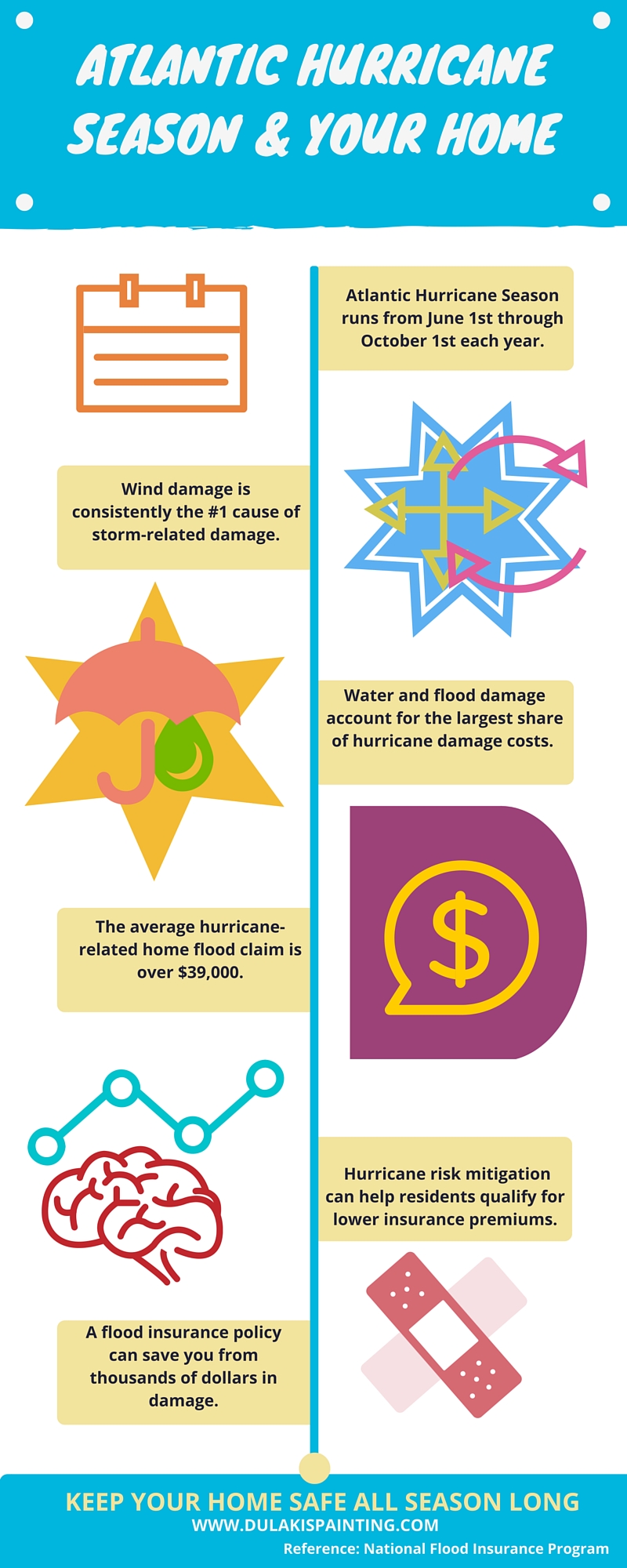Comprehending Seasonal Influences On Commercial Exterior Painting: Important Knowledge For Success
Comprehending Seasonal Influences On Commercial Exterior Painting: Important Knowledge For Success
Blog Article
Article Produced By-Carlson Whalen
When you're preparing an industrial outside paint task, seasonal factors can make or damage your results. You'll intend to take into consideration just how temperature level and humidity impact paint application and drying out times. Picking the best season can ensure your paint adheres correctly and lasts longer. Yet which periods are truly the very best for this sort of job? Let's discover the crucial elements that can impact your project's success.
The Influence of Temperature on Paint Application
When you're intending a commercial exterior paint project, the temperature level can dramatically influence just how well the paint sticks and dries.
Preferably, you want to paint when temperatures vary between 50 ° F and 85 ° F. If painting company mission statement 's also cold, the paint may not treat properly, leading to problems like peeling or splitting.
On the other side, if it's too warm, the paint can dry out as well swiftly, preventing correct adhesion and causing an unequal finish.
You need to also consider the time of day; morning or late afternoon offers cooler temperature levels, which can be much more favorable.
Always inspect the supplier's suggestions for the details paint you're utilizing, as they commonly supply guidance on the excellent temperature array for optimum outcomes.
Humidity and Its Impact on Drying Times
Temperature isn't the only environmental variable that influences your industrial outside painting project; humidity plays a considerable duty too. High moisture levels can decrease drying out times substantially, influencing the overall high quality of your paint job.
When the air is saturated with wetness, the paint takes longer to heal, which can result in issues like poor adhesion and a higher risk of mildew development. If you're repainting on a particularly moist day, be gotten ready for extensive delay times between layers.
It's crucial to keep track of regional weather and strategy appropriately. Preferably, exterior house painting minneapolis for moisture degrees in between 40% and 70% for optimal drying.
Maintaining these factors in mind guarantees your job remains on track and supplies a long-term coating.
Best Seasons for Commercial Outside Paint Projects
What's the very best season for your business outside paint projects?
Springtime and early loss are typically your best bets. Throughout these periods, temperatures are moderate, and humidity degrees are commonly lower, developing excellent conditions for paint application and drying.
Avoid summer's intense heat, which can create paint to dry also swiftly, leading to poor adhesion and finish. Similarly, winter months's chilly temperatures can hinder appropriate drying out and curing, taking the chance of the long life of your paint work.
Aim for days with temperatures in between 50 ° F and 85 ° F for optimal results. Bear in mind to check the local weather prediction for rain, as wet problems can ruin your job.
Planning around these variables ensures your painting project runs smoothly and lasts much longer.
Conclusion
Finally, intending your industrial exterior painting tasks around seasonal factors to consider can make a considerable difference in the outcome. By organizing job during the excellent temperature levels and moisture degrees, you'll guarantee much better bond and drying times. Remember to watch on neighborhood weather prediction and select the correct time of year-- spring and very early fall are your best choices. Taking these actions will help you attain a sturdy and expert coating that lasts.
